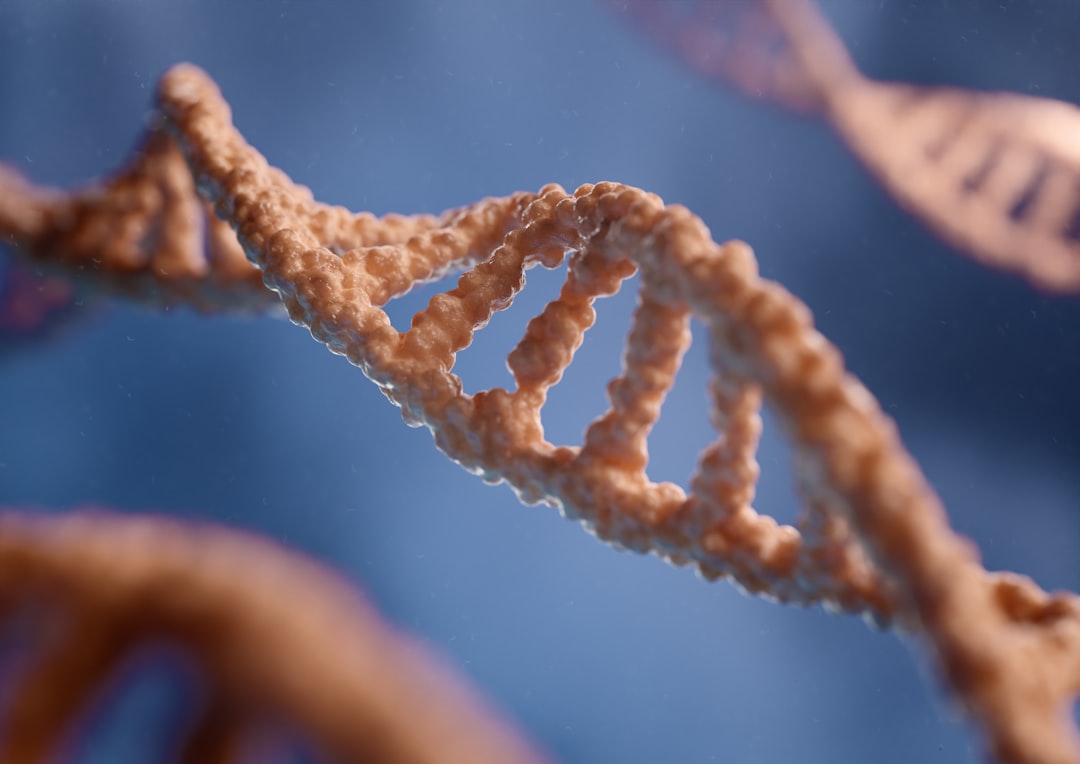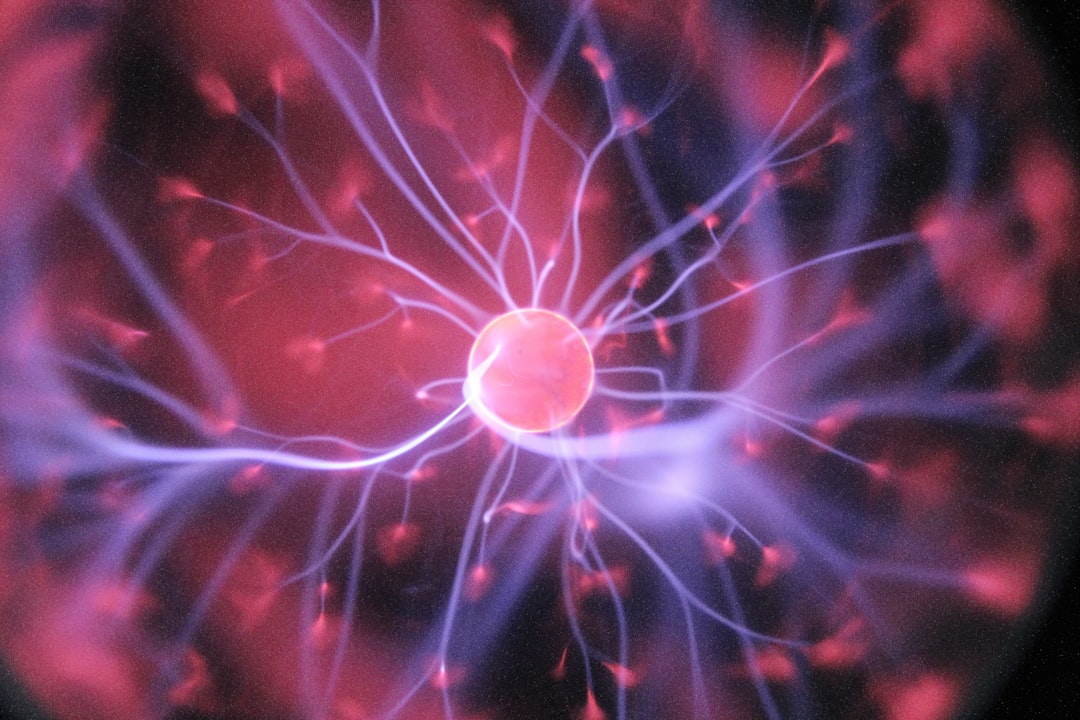What is it about?
When micro-single-lip deep hole drilling the efficiency of the cutting fluid supply cannot be investigated experimentally due to the inaccessibility of the cutting zone. For this reason, this paper examines the cutting fluid behavior, taking into account the chip formation and the transient chip position, with the help of various combined simulation methods. Therefore, experimentally obtained chips are digitalized and converted into a Computer-Aided Design model for the following simulations. Furthermore, for a comparison of the simulations with the experiments, the velocity of the cutting fluid in the chip flute of the tool is measured by a similar Particle Image Velocimetry method. Then, a transient coupled particle simulation of Smoothed Particle Hydrodynamics and the Discrete Element Method is performed to obtain the transient chip positions along the chip flute under the influence of the cutting fluid. Based on these chip positions, a Computational Fluid Dynamics simulation follows to derive insights about the flow field and pressure field at certain points in time. This multi-physics simulation chain allows to deal with experimental results in a simulation context to gain further insights about the deep hole drilling process, which are experimentally inaccessible and allows further connections between experiment and simulation.
Featured Image

Photo by Mastars on Unsplash
Why is it important?
This multi-physics simulation chain allows to deal with experimental results in a simulation context to gain further insights about the deep hole drilling process, which are experimentally inaccessible and allows further connections between experiment and simulation.
Perspectives
On these validated simulation models, targeted tool modifications will be made in the future.
Dr. Ekrem Oezkaya
Turk-Alman Universitesi
Read the Original
This page is a summary of: Cutting fluid behavior under consideration of chip formation during micro single-lip deep hole drilling of Inconel 718, International Journal of Modelling and Simulation, February 2022, Taylor & Francis,
DOI: 10.1080/02286203.2022.2042057.
You can read the full text:
Resources
Contributors
The following have contributed to this page










